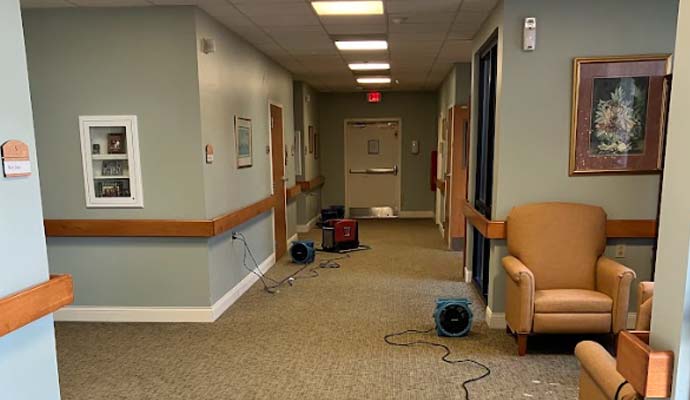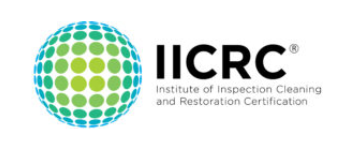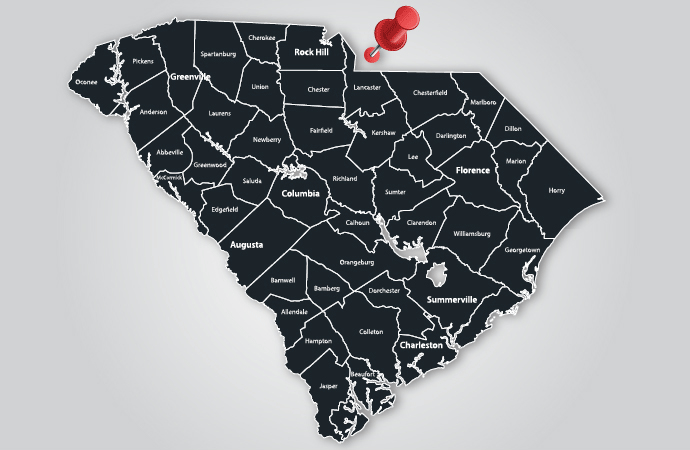Why Water Damage to Ceilings Should Be Repaired Quickly
Water damage to ceilings is a common issue because it can appear from various sources – from leaking roofs to plumbing problems. If not properly addressed, it can destroy homes, cause mold growth and sickness, and cost tens of thousands of dollars to repair. As a homeowner, you should know how to recognize the signs so that they can be fixed quickly.

Water Damage and Mold
Where there’s water damage, there’s usually mold growth which can be hazardous to your health. In most cases, mold spores develop in less than 48 hours, making it crucial to begin mold remediation immediately. For the best results, consider calling the professionals at South Carolina’s Kingsley Water Damage Restoration to get rid of mold for you.
Water Damaged Ceilings & Insurance
Homeowners insurance usually covers water damage to ceilings if caused by a hidden water source or sudden and accidental damage. Damage from a lack of maintenance or normal wear and tear is not covered.
For instance, say there’s water damage on your living room ceiling from a leak in the upstairs bathroom. If the dripping has been going on for months, the damage likely won’t get covered. If, however, a pipe suddenly bursts, insurance coverage should apply.
If the damage is caused by a flood, insurance won’t cover the cost unless you have a separate flood policy. Check your insurance policy to know for sure what your homeowner’s insurance covers and whether you need any additional coverage.
Signs of Ceiling Water Damage
Keep an eye out for the following clues that your South Carolina home may have ceiling water damage:
- Ceiling Cracks – even hairline cracks may suggest water damage. They may show up as a straight line or a spiderweb pattern.
- Peeling Paint – water damage can cause your ceiling paint to peel, flake, or crack. The trim and baseboards may even separate from the walls or ceiling.
- Water Stains – ceiling water stains are the most recognized warning signs of water damage. They’re often dark and wet, yellowish, or rusty. You might also notice that some parts of the ceiling may look as if it’s sweating.
- Sagging – even a tiny water leak can eventually lead to a swollen, sagging, or bowed ceiling.
- Mold Growth – water damage often shows up as mold growth in the corners of walls and ceilings, especially in a humid room.
- Moisture in the Air – if moisture seems to be always present in one particular room or area, there’s a high likelihood of water damage.
Causes of Ceiling Water Damage
Though not a complete list, the following are some of the most common causes of water damage:
- Structural Damage – damage to a ceiling joist or wall studs can shift parts of a home. This shifting can create holes and cracks for water to seep through.
- Leaks – hidden away in your home is a vast network of plumbing. Any of its connections could start leaking at any time. There’s also leaking caused by damage to your roof due to a storm or by wear and tear.
- Age of Your Home – As your home ages it settles and shifts, which may cause cracks in walls and ceilings that allow water to leak through.
- Clogged Gutters, Ice Dams, or Broken Pipes – these can cause a gush of water or a slow drip. Either way, without proper attention, water damage occurs.
If you recognize any of these signs of ceiling water damage, call Kingsley Water Damage & Fire Cleanup immediately! We’re the premier water damage restoration company in Columbia, SC, and beyond.





